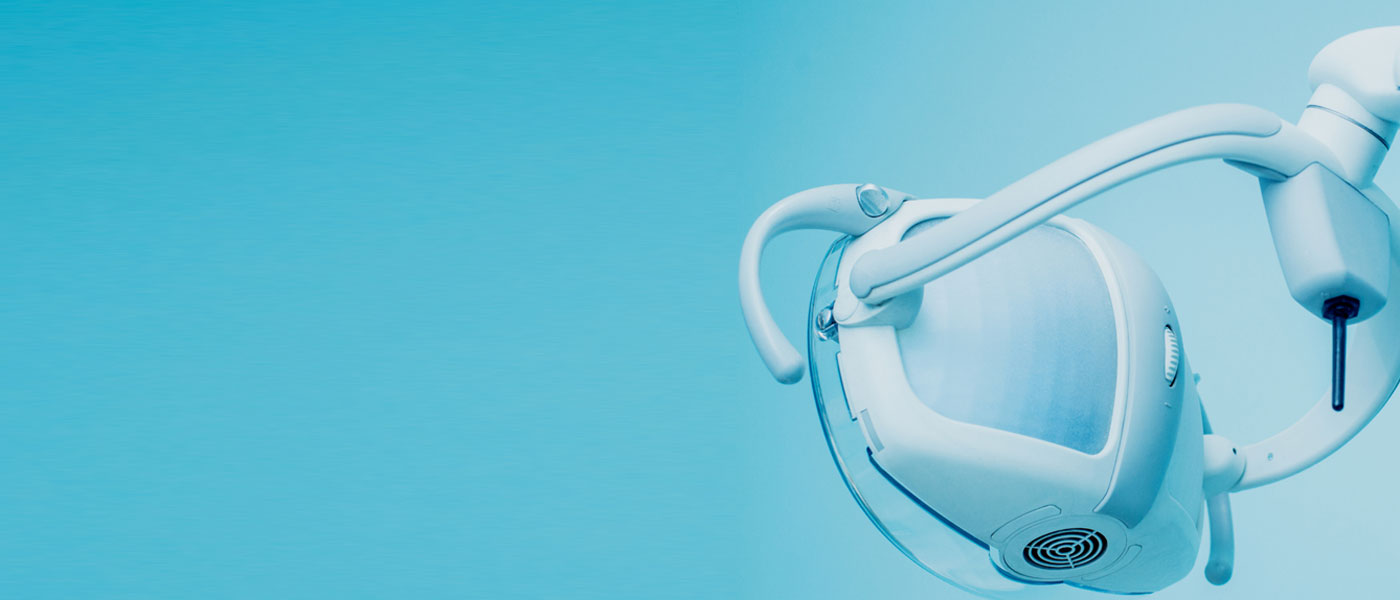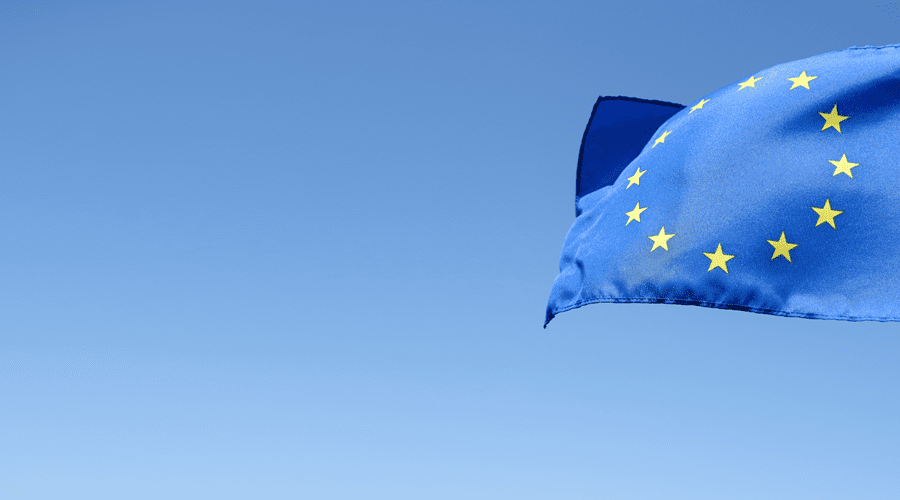No longer part of the European Union, the regulatory burden of exporting can be substantial for a UK company that produces medical devices for the EU market. The good news is that there are experts who can help – but how do you find them? Here are the key points to consider when choosing a language solutions partner that will empower you at the different stages of your exporting journey.
How to appoint an authorised representative
The European Union is in the process of transitioning from the Medical Devices Directive (MDD) to the more onerous Medical Devices Regulation (MDR). The requirements for the documentation that accompanies your product will vary depending on your product’s classification.
The appointment of an authorised representative within the EU will be necessary in order to sell medical devices to the member states. They have to “verify that the EU declaration of conformity and technical documentation have been drawn up […]” and they need to hold your documentation in readiness for requests from bodies within the member states. They will also act as your point of contact for regulatory, legal or product quality queries.
The first step, therefore, is to find and appoint an authorised representative within a member state. Depending on where your representative is based, this can be dealt with in English, so at this point, you don’t necessarily have a language barrier to overcome.
How to keep control of your content
Translations must be accurate, up to date and in an official Union language
Although you can deal with your authorised representative in English, once you are ready to take the product to the wholesalers, distributors and consumers, the new MDR regulation states that:
“Distributors and importers shall ensure that they have in place a quality management system that includes procedures which ensure that the translation of information is accurate and up to date […]”, and then goes on to say, “The EU declaration of conformity shall […] be translated into an official Union language or languages required by the Member State(s) in which the device is made available.”
At this point, you need to decide whether you want to be in control of the translation process, translation partner selection and quality of your content. If you want to relinquish that control, your rep or business partners in the markets will take the task on. One alternative is that you control the localisation of the assets that are key to your brand, whilst they take care of content that has less visibility or more local flavour.
Some translated content may have to be attached to your product before it leaves the UK, whereas other content may be added to the packaging in the target country. But this need not dictate who is in control of producing the translations and making sure they are fit for purpose. How you choose to sell your medical device in the target country also has a bearing on these decisions.
There is much to be said for working with a trusted language services partner who ensures that your content is translated with a process that you have full control over and can audit, review, change and influence according to your evolving business needs.
How to impress distributors of medical devices
You can choose from a number of channels for selling your medical device to European markets: directly from your own website, through online marketplaces like Amazon, or through distributors and wholesalers in the European countries.
Networking with distributors is best done at exhibitions and shows where manufacturers and importers meet to seek out the new and interesting or the tried and tested. Marketing material in the local market’s language is not only a powerful way to communicate the key points of your product, it’s also a matter of courtesy and shows commitment from your side. From pop-up banners to brochures and hand-outs, impress your potential partners by bridging the language gap so that they don’t have to.
How to engage consumers
Sales exhibitions and shows were of course put on hold during the recent pandemic, and the increased uptake of online shopping has most probably led to a permanent shift in consumer habits, according to a report by consultancy firm McKinsey, How Covid is changing consumer behaviour. Whether your distributors use online sales channels, or you sell your product directly to consumers, the value of a clear and culturally appropriate description of the product and sales pitch is of utmost importance.
Online marketplaces, such as Amazon, sometimes offer you automated translations on their platforms. The algorithms behind them may produce results out of context; laughter may be the best medicine, but not if you want your product to be taken seriously. A company selling suitcase and storage boxes that they called ‘trunks’ recently appeared on the Swedish Amazon page with a translation in Swedish for ‘underpants’ – admittedly a correct translation, but not in that context.
A quality check performed by a human linguist is therefore not a luxury, but essential to ensuring that your product inspires confidence in buyers, retailers or consumers. A transparent quality control process is key in protecting the value of your brand.
How to support users of medical devices
Information needs to be written differently if the user is an ordinary consumer or a health professional
At some point, your product reaches the consumers – the end users of the medical device you manufacture. The EU regulations are likely to require product information to be displayed in the native language of the user. In addition, the information needs to be written differently if the user is an ordinary consumer or a health professional.
Whether you have a product of a less medical nature in the Class I category, or an implant to go into a patient’s body in Class III, the instructions must be written well. You may consider presenting everything in one multilingual booklet or package the materials individually for each market, adjusting to the local complexity.
How to select a language services partner
With more than 20 years in business, Sandberg has considerable expertise in medical translation, technical translation and marketing translation. As your language solutions partner, we help you take your product to new markets, or improve your penetration in existing markets with culturally appropriate translations that meet regulatory requirements.
When you work with Sandberg, you maintain control over your content and have a partner on your home soil. We help you create and maintain glossaries (term bases) and translation memories (TMs) that are reused whenever a new translation is needed or an update to an existing translation is necessary. With them, you ensure consistency, quality and speed, as well as compliance with regulatory requirements.
We offer a completely free assessment of your current needs and provisions. Contact us today to have a chat about where to start.




